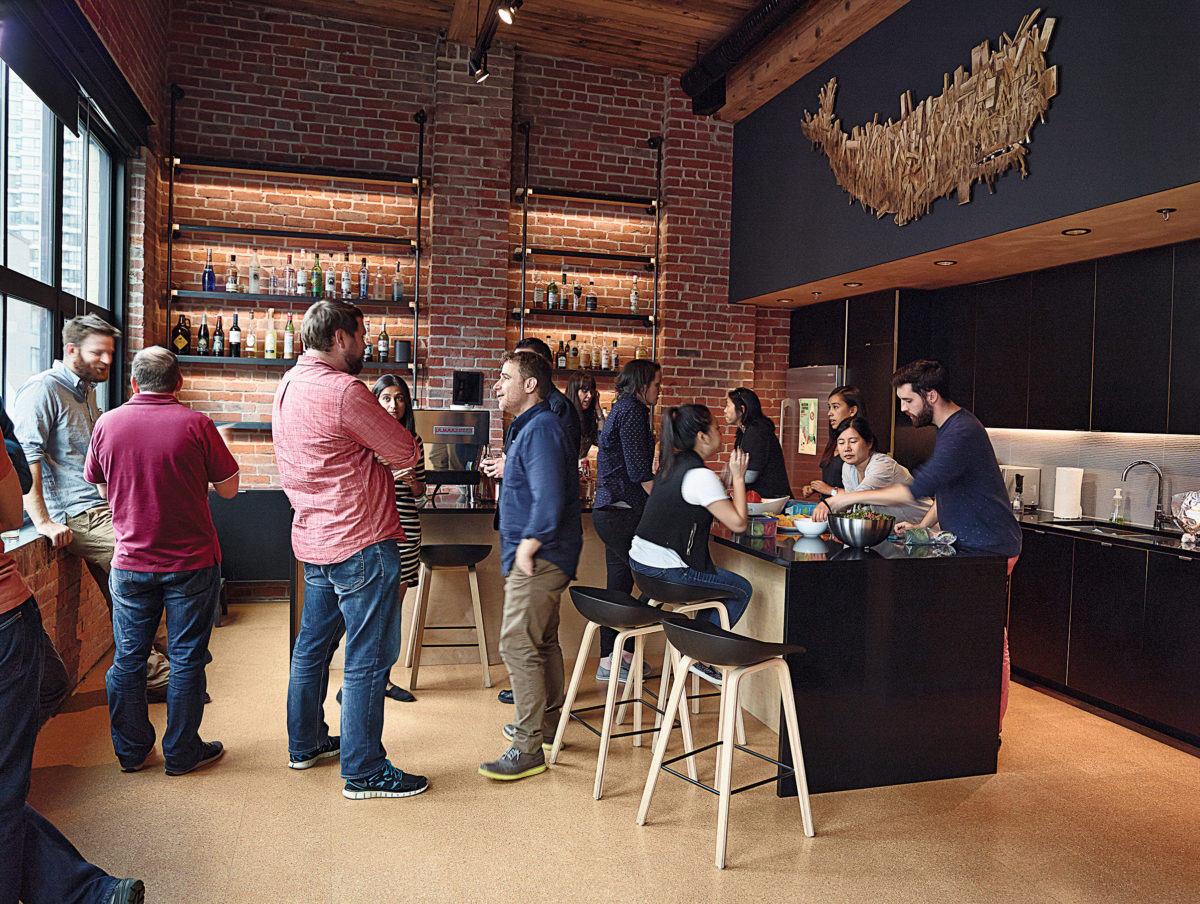By Tony Bacigalupo of New Work Cities.
What follows is an excerpt of an email conversation I recently had with a coworking space manager who is struggling with an unfortunately common issue in the coworking world:
We are running into a consistent issue where we have all these great ideas but not enough time or resources to really execute them well. (I realize this is everyone’s problem all the time, too)
I and my board are all working on being more strategic about choosing what we do, and who is doing it, but for now, we are still pushing ourselves out of a bit of a rut and I haven’t quite found the traction I need.
Here’s my main difficulties time-wise. Running this place and having a consistent voice on social media (ie: giving our programs the best marketing we can) is a FT effort.
But, getting out into the community to meet people would also be at least a 1/2 time effort, and we also need to look for funding which that in and of itself could easily be a FT job.
I don’t know how to begin to tackle all of our needs, and stay engaged with the coworkers we do currently have.
It’s no surprise that anyone getting into managing a space would come up against these sorts of issues, but it doesn’t make the situation any more acceptable.
So how do you tackle a situation where everything seems important, yet there just aren’t enough resources to go around?
If you find yourself in a similar situation, I suggest you look at each component and identify all the ways you can go about it in a more clever way.
Focus on human interactions over social media.
Social media can consume an unlimited amount of time and attention, competing with countless others all over earth in an arms race for who can be noisiest. I’m not a fan.
Don’t play a game you can’t win. Change the game. The beauty of coworking resides in the fact that it happens in real life, face-to-face.
So take a social media holiday for a day, or two days, or a week, and instead dedicate that time to just talking to real humans in your space or in other communities.
I remember distinctly one day I was mucking around for hours with MailChimp for a newsletter that was several days overdue, lamenting to myself, “how do I connect with the members and get them to actually show up and care?”… and as I was doing this, I was repelling members who wanted to come up and have a conversation with me. Because I was too busy trying to figure out how to connect with the members. DUH!
So I started practicing getting away from the screen and hanging out in the kitchen. Almost immediately I ended up having conversations with people, learning more about them, and doing a lot of good. One member wanted to organize a new group and had no idea she was empowered to do so within our space. That group was an awesome part of our community for a long time, but it only happened because I talked to her.
Integrate participation into the onboarding process.
When people join the space simply to rent workspace, you immediately have an uphill battle trying to get past their “I’m too busy” wall. Instead, shift the reason someone joins away from space and towards a more transformative program.
Talk to your members. Identify their interests and look for opportunities to encourage and empower them wherever possible. When those members start organizing activities in the space, do whatever you can to invite potential new members to participate.
When people start developing a relationship with your community first through a shared activity, like a happy hour, show and tell, work sprint, arts and crafts session, hackathon, or any of a number of other things, they’ll understand right from the onset that what you’re managing is something more than just a workspace.
Set aside time for admin things.
Everyone needs focus time to do the non-social things that make a business run. Wherever possible, set aside blocks of time to work on these sorts of things, and communicate that to your team and members, so they know to leave you alone during those times.
For an added bonus, invite others to join you! You can do group sessions where everyone who participates resolves to use the same block of time for focus work. This helps keep everyone in line and makes it easier to block out distractions.
If you have a team, you can rotate who’s on Focus Time so others can cover any questions or issues that come up.
Balancing community building against operations is a constant effort, but with some basic healthy best practices, you should be able to make it work!
